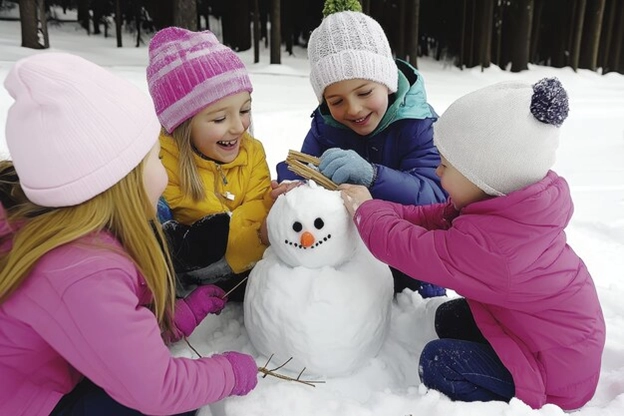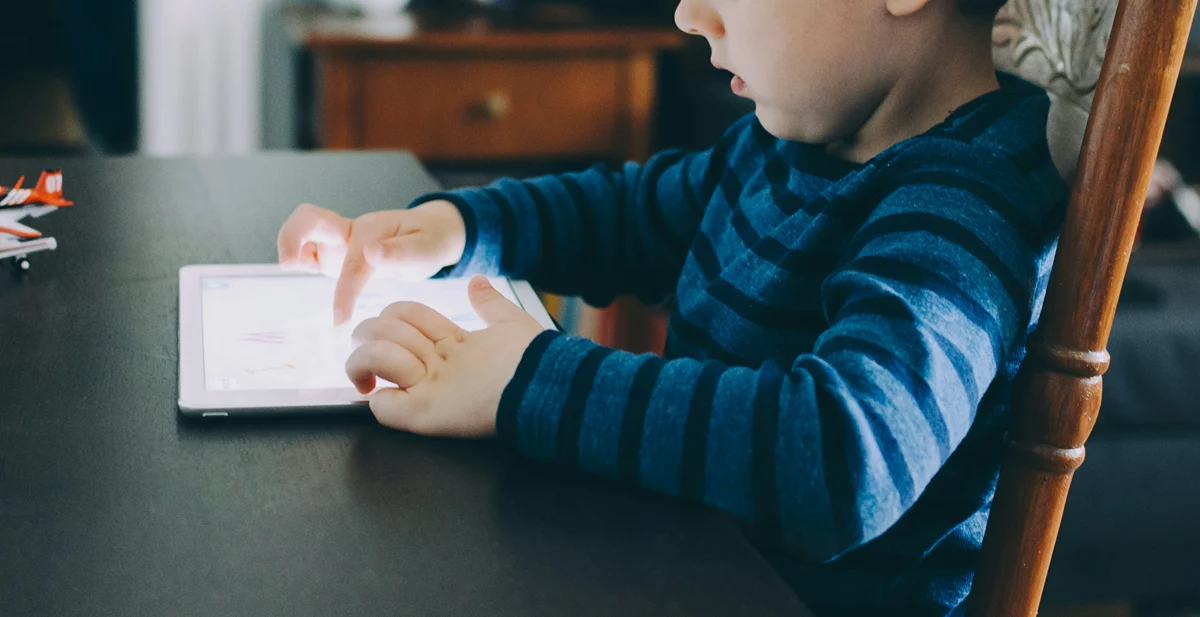The Power of Play: Using Physical Activity to Build Bully-Proof Kids
Every child should have a right to be protected from possible dangers, fear, and bullying during and after classes at school, in parks, and after-school clubs. Exercise is very important for health, but at the same time, it is a powerful way to build perseverance and character in our young people.
While fitness gains get attention, physical pursuits provide deeper rewards; they breed camaraderie and a sense of accomplishment. Kids engaged in sports teams or recreational groups frequently experience a sense of belonging that deters intimidation tactics or lessens their impact. Playing activities with the intent of the objectives of a group helps the children develop mutual empathy.
How Physical Activity Fosters Confidence and Resilience
Physical activities initiate the release of endorphins. They help in timely eradicating stress and unease and enable children to feel more blissful and active. In the case of bullying situations, this rise in mood significantly negates the effects on the emotional side of youths.
Whether splashing around in sports, dancing, or partaking in schoolyard games, frequent physical activities foster assurance by acquiring skills in various techniques. These improve over time and children often receive appreciation for their endeavors. The element of athletic participation in confidence-building sports is a major aspect of this process.
Such experiences put kids in situations that require effective transmission of ideas and unselfish assistance for their teammates. Prosocial interactions aid in forging friendships that can insulate them from loneliness, which can frequently render kids more susceptible to tormenting conduct.
When kids feel embraced by their associates, they are less likely to be chosen as targets and more ready to stand up for themselves and others in need of help.
The Role of Structured Sports in Combatting Bullying
Structured sports programs are especially proficient at educating children on the values of esteem, camaraderie, and perseverance. Both coaches and mentors are beneficial in practicing optimistic behavior and ensuring that each child feels valued.
In addition, exercise builds self-confidence and self-reliance for the same reason that it requires children to move out of their comfort zones to complete challenging assignments. They are also better equipped to handle failures and setbacks that befall all learners from time to time.
Whether it constitutes a team effort or personal zero, sports teach one perseverance and empower them to believe in one’s ability to do something.
Combating Bullying Through Inclusion in Sports
While inclusivity in physical activity for youth is paramount, exclusively focusing on differences risks highlighting what sets children apart rather than what unites them.
A more strategic perspective celebrates inclusion as a common foundation of play, where everyone feels naturally accepted through values like respect, togetherness, and integrity of gameplay.
Where capacities are different, there is a revitalization of concentrating on what each person can do best, which in turn reminds everyone of the worth of every person. Prioritizing the collective over individual differences fosters compassion in children, teaching them to appreciate the whole rather than isolating its parts. However, when certain individuals or groups are excluded, this marginalization can create openings for bullying.
How to Promote Inclusivity in Sports:
- Adapt Activities for All Skill Levels: Modify games so that every child can participate and feel successful, regardless of their athletic ability.
- Encourage Peer Support: Make children work in pairs during the drills or game activity in a bid to cement the spirit of teamwork.
- Emphasize the Ability of Each Person: Reward each child for something they did, be it a good effort, sportsmanship, being a team captain, and so on.
The Long-Term Effects of Exercise on Reducing and Preventing Bullying
Engaging in physical activities has positive effects on children in both the short run and in the future. Children who are positive about exercise make a good impression as they exude self-confidence and determination. This sets them up for success, even when they fail, which is an essential part of their growth journey.
In addition, team sports leave our children with virtues such as the determination to work hard, working as a team to achieve certain goals, and treating people with respect. All of these elements are tools for dealing with life’s hurdles. When young people work toward the achievement of athletic abilities, they gain internal strength that comes in handy once they are out of school.
A Healthy Habit Beyond Childhood:
When youth adopt valuing physicality, they are more likely to sustain an active way of life, which is associated with a better psychological state, more efficacious stress management, and an amplified sense of community.
How Parents and Schools Can Help
Creating an atmosphere of compassion in youth activities, free from intimidation, must involve a collective effort from everyone—guardians, teachers, and peers alike.
By motivating people to participate in group athletic activities and by demonstrating such values as support and cooperation, individuals can create an environment where each subject will feel useful and sheltered.
Encourage Exploration: Introduce children to a diverse set of sporting activities that could be group-related activities like soccer besides allowing the child unique events like swimming or martial arts, the child gets to learn from their experiences and individually develop strengths or weaknesses in their bodies.
More specifically, the component of the system that deals with incentives and rewards must be prioritized. Instead of motivating them to win or emphasizing being the best in any game, encourage children to try their best.
Collaborate with Coaches: Incorporate organizations, sports coordinators, and coaches in the fight against bullying. Educating coaches and leaders within the sporting community about the nature of bullying and its impact on youth is essential.
To Sum Up
It is clear that the aspects surrounding physical activity are a great partner to children in the battle against bullying. Therefore, individual sports or team play should be a priority for parents and schools to equip children to be formidable force against bullying. Encourage your child to participate and teach them how to be inclusive.
Dynamic interchange enables identification with others and puts youth in a better place to solve conflicts amicably. Together, we can empower youth to convert recreation intensity into lifetime resilience against bullying.






 Virtual friendships introduce children to a world where emotional communication happens differently than in the so-called real world.
Virtual friendships introduce children to a world where emotional communication happens differently than in the so-called real world.

